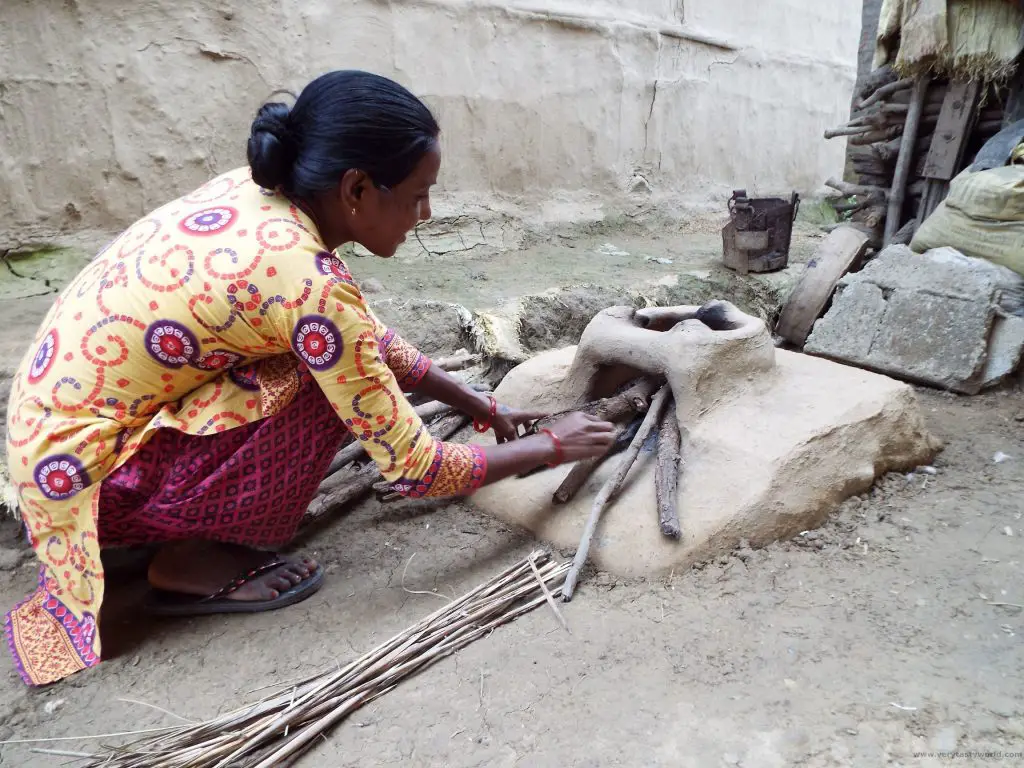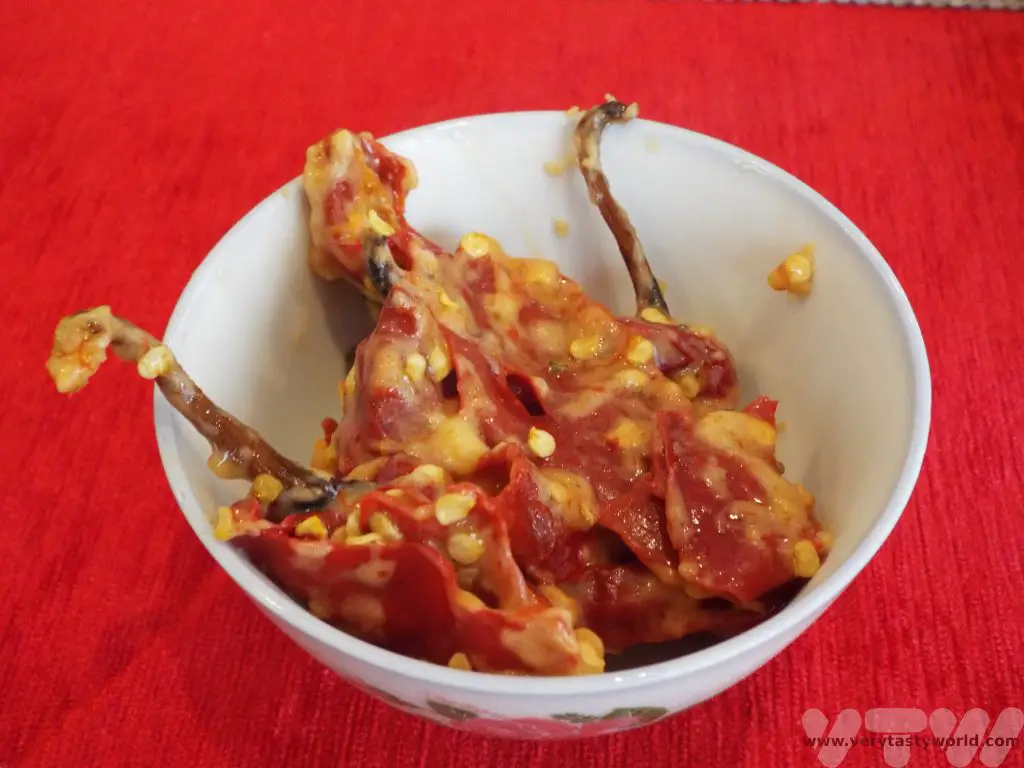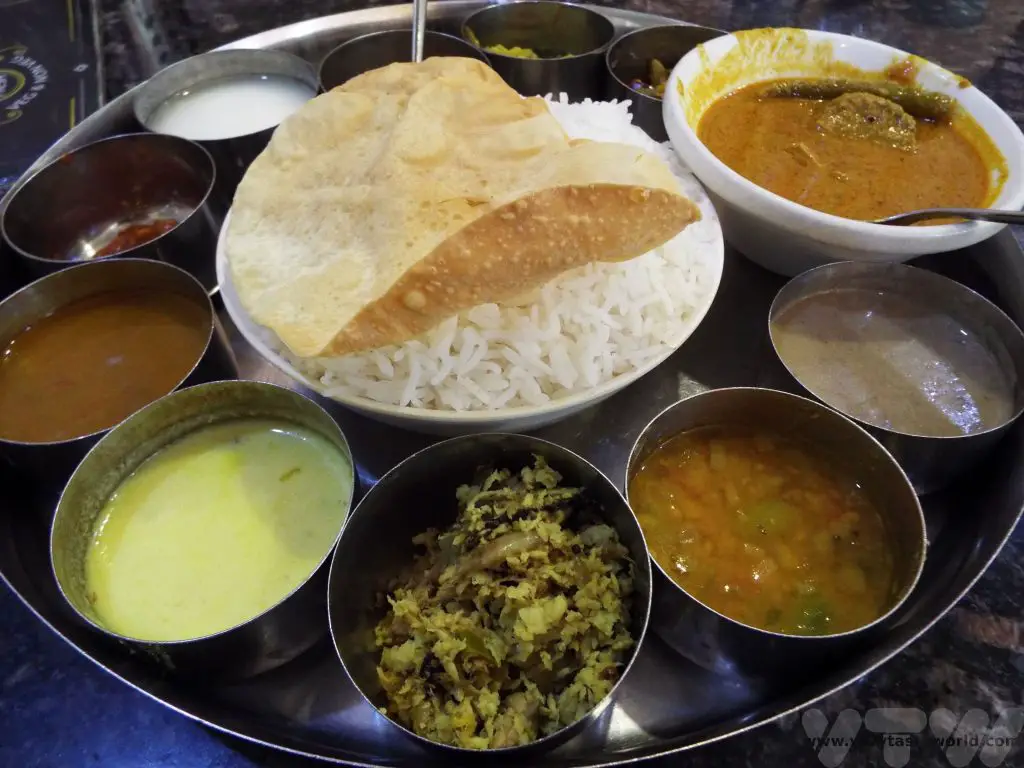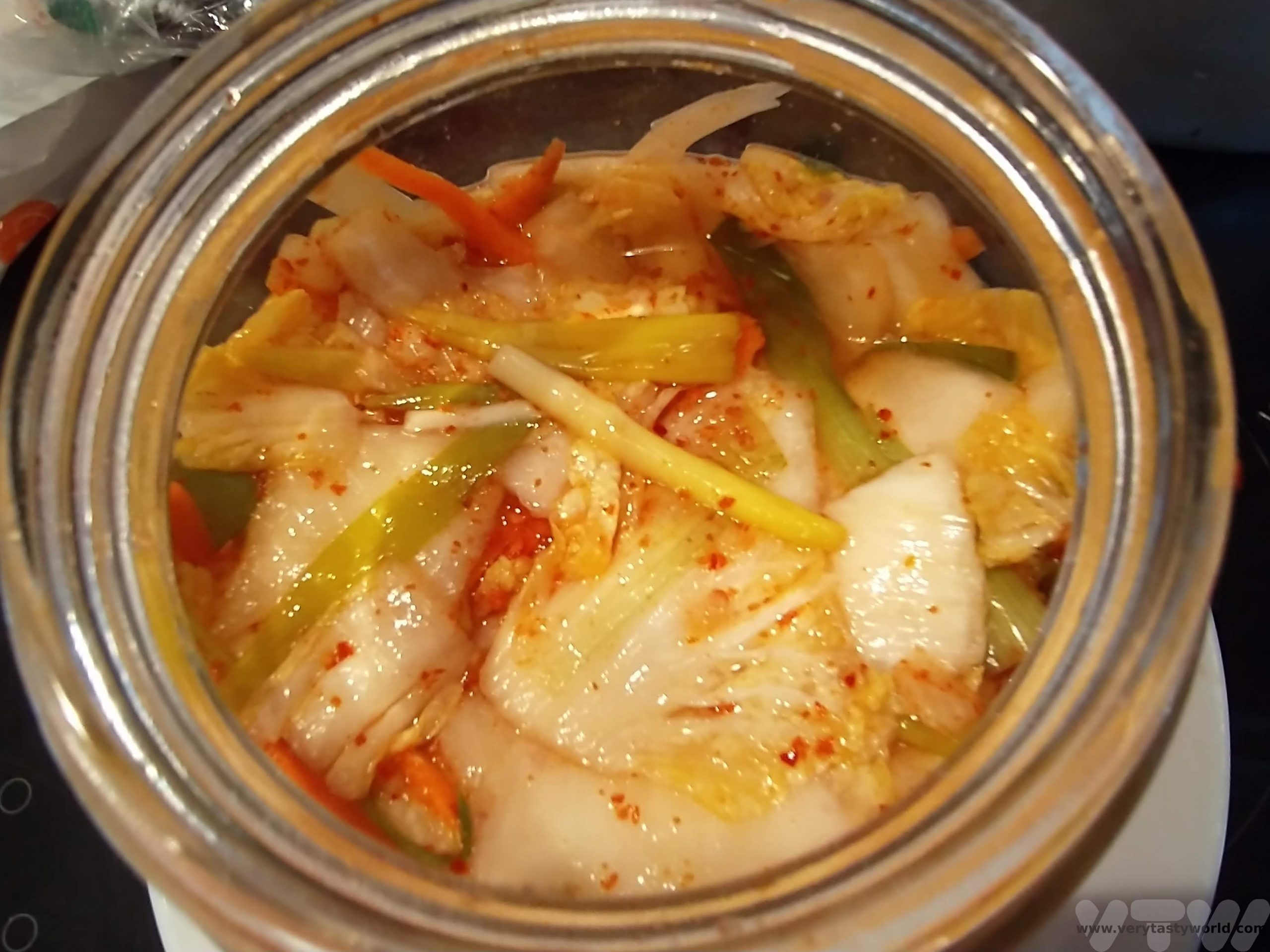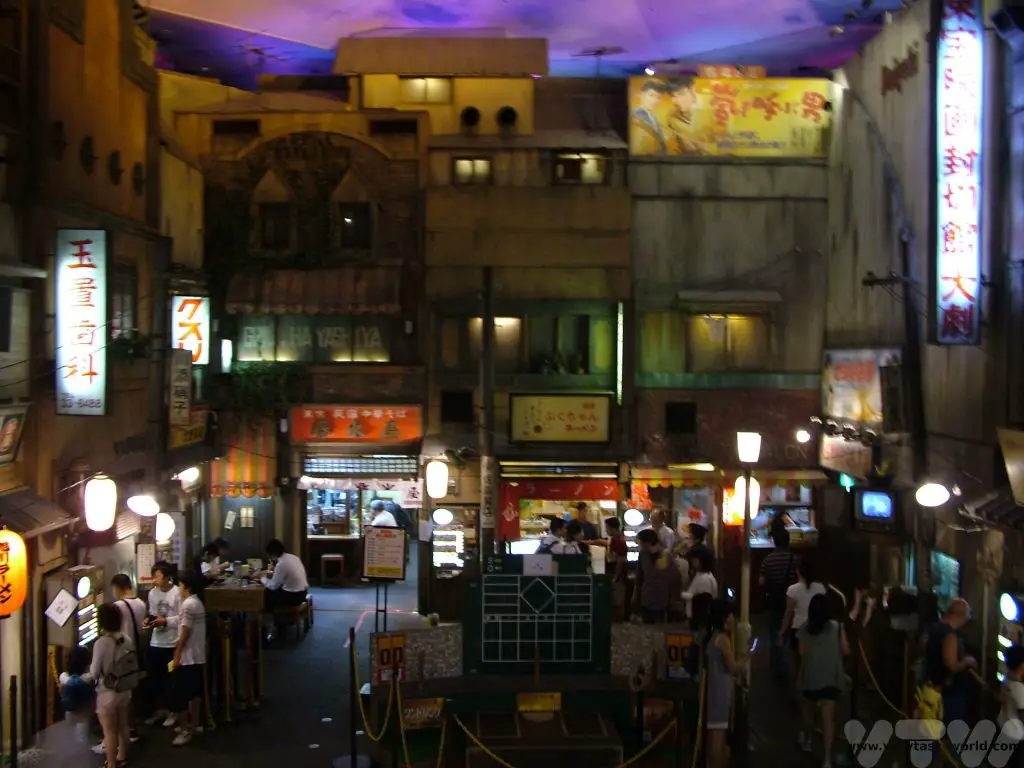Home » Posts tagged 'food' (Page 2)
Tag Archives: food
Nepal Momo FOMO
It is possible to stay in Buddhist monasteries when visiting Nepal. The Neydo Monastery is located about half an hour’s drive from Kathmandu (once you manage to leave Kathmandu – the traffic can be incredibly busy). It offers simple accommodation which is basic but clean as well as an evening meal and breakfast. If you get up early enough you are welcome to watch the monks’ daily worship as they chant from religious texts accompanied by a variety of instruments. Just enter the temple quietly and sit on one of the mats provided at the back of the room. Naturally no photos are permitted inside the monastery’s prayer hall.
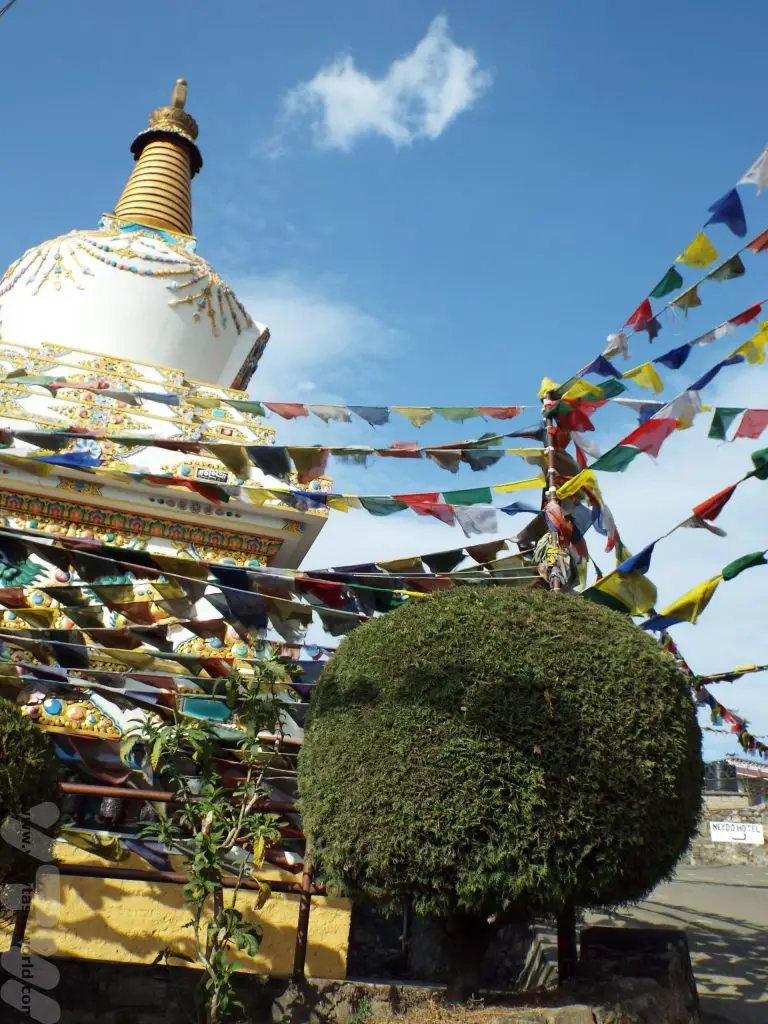
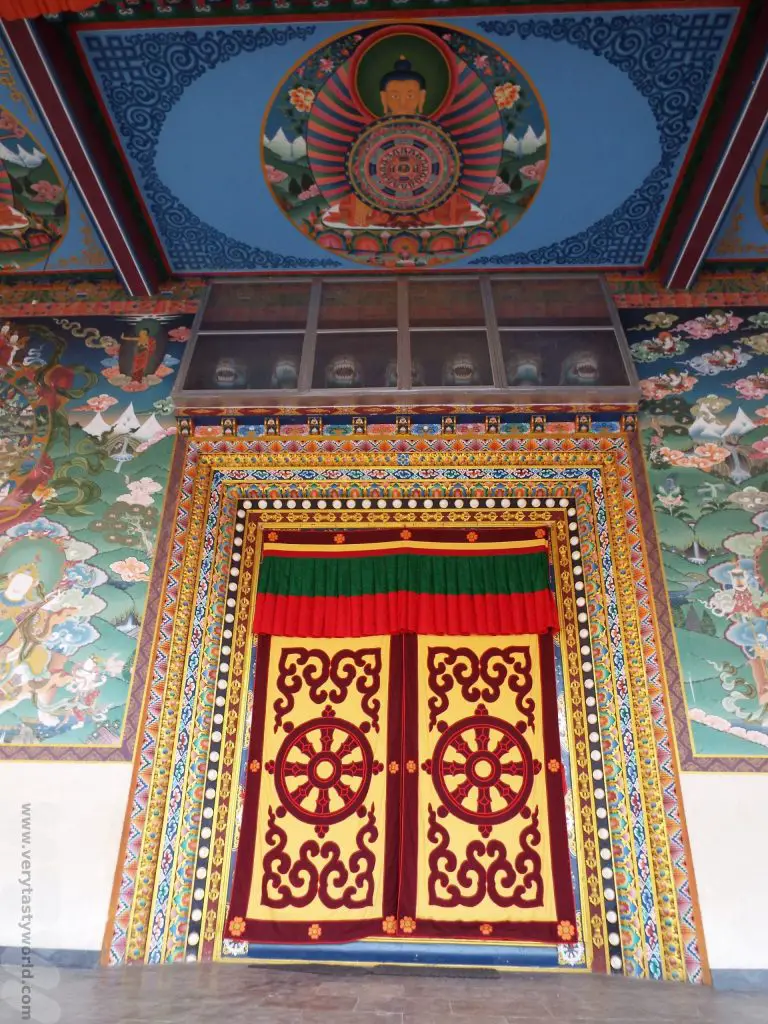
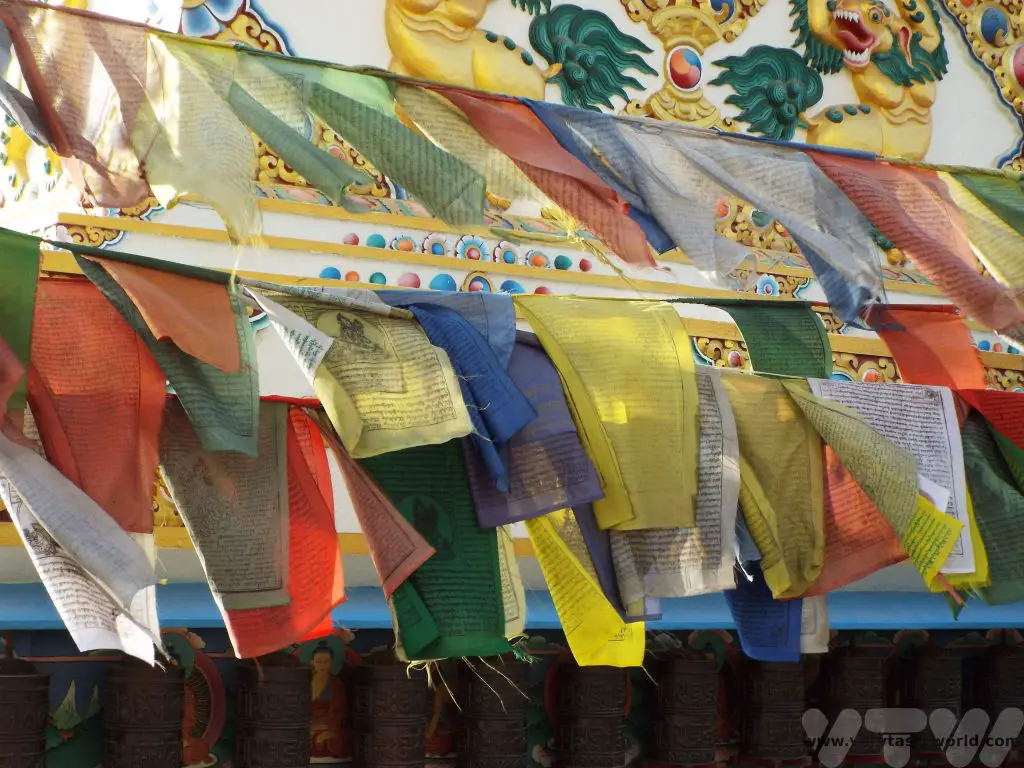
Dinner – Nepal Momo
The evening meal on offer was momos, which are delightfully delicious dumplings, basically a flour and water dough filled with meat, vegetables or cheese. They are usually steamed, often over a bowl of flavourful stock, but can also be pan fried or even deep fried. They are often accompanied by a dipping sauce, something akin to a chutney.
These were vegetable momos with a mild savoury dipping sauce accompanied by a light soup.
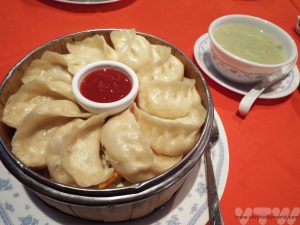
Nepal momos are so popular that you will even see fast food dumpling outlets, especially in Kathmandu. These often offer set meals – you can order via a picture menu just as you would at a burger bar. During our trip to Nepal we had eaten plateful upon plateful of the delicious little darlings, but it was on our last day – in one of these restaurants – that we realised that we had been eating them all wrong! Maybe it’s because we’re British, we were trying politely to take a delicate bite of a momo each time we ate one. However, a friendly local, who kindly hid his appalled expression when he saw us daintily eating momos, explained that you should always eat them whole.
The reason? As the momos steam the juices from the filling create a little soup inside the dumpling shell. Bite into part of the momo and the soup drains out – lost forever. Eat the whole momo and the flavour of the broth fills your mouth with soupy deliciousness.
Just make sure the momos have cooled down a little before scoffing.
Related Posts You May Enjoy
Osaka Okonomiyaki – As You Like It
Osaka okonomiyaki is often described as the Japanese equivalent of a pancake-pizza hybrid. You can see why it would be given that description – it has a pancake-type batter based around cabbage (but don’t let that put you off) with a variety of toppings – meat, fish, egg or veggie based – to choose from.
Osaka in the Kansai region is one home to okonomiyaki, although there other regional variations. (Hiroshima, for example, uses udon noodles in the pancake batter.) The city itself is bright and bustling, full of friendly locals and has an excellent food scene. The seafood on offer – crab, fugu (puffer fish), takoyaki (battered octopus balls) – is just wonderful, as it is all over Japan.
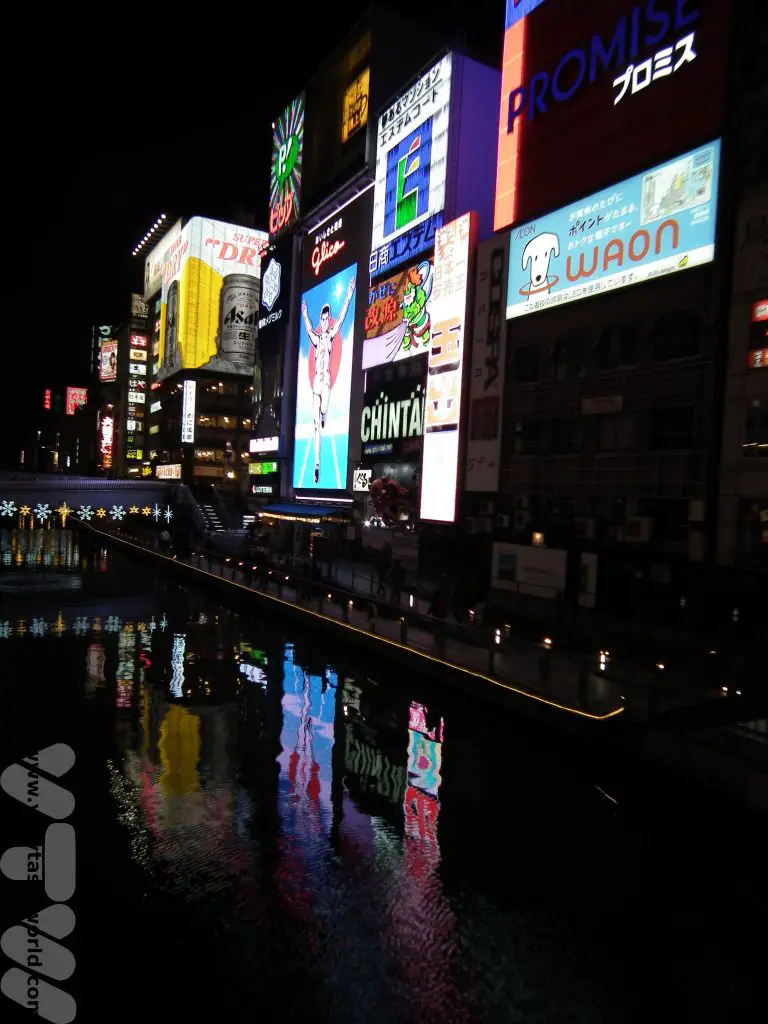
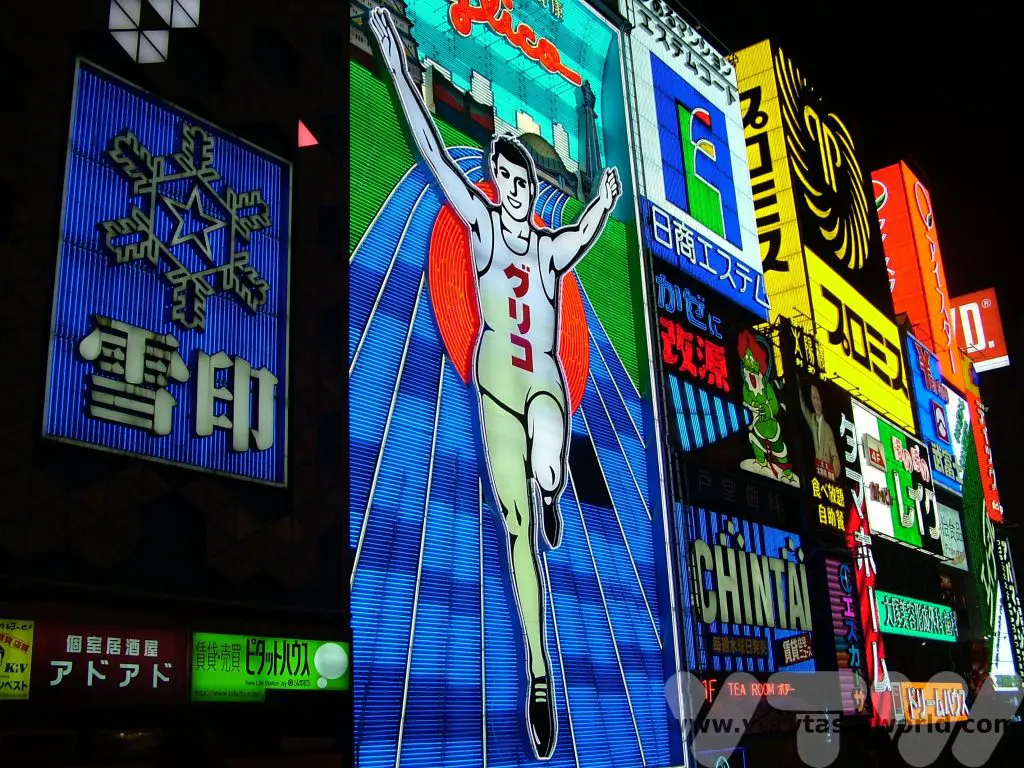
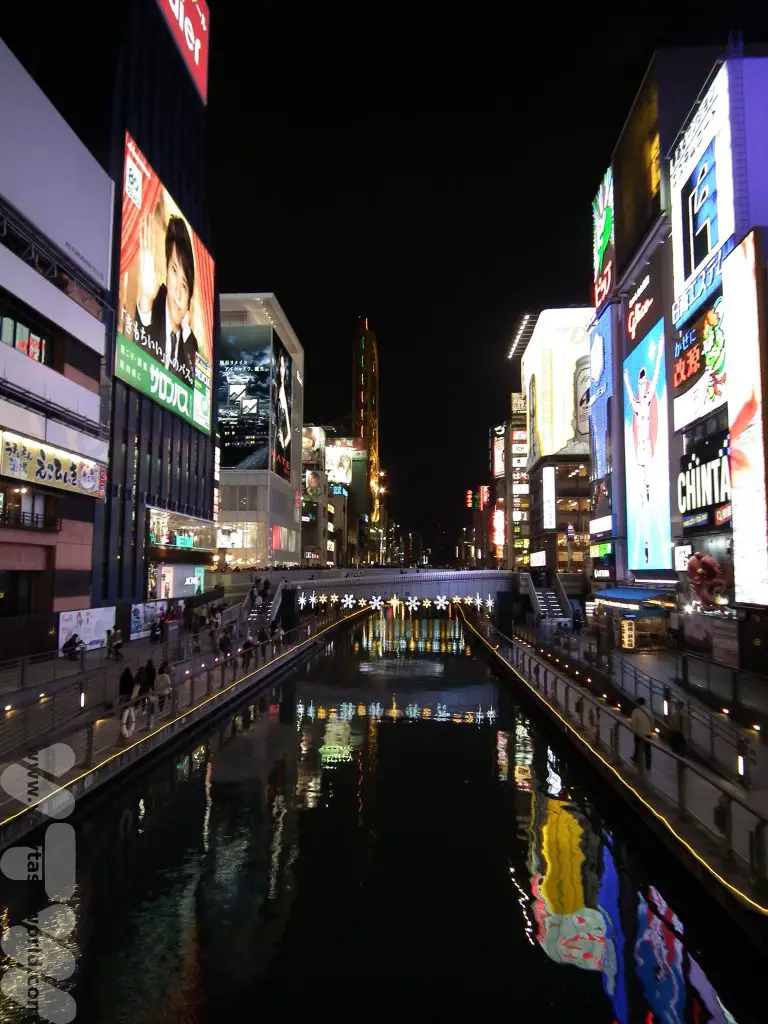

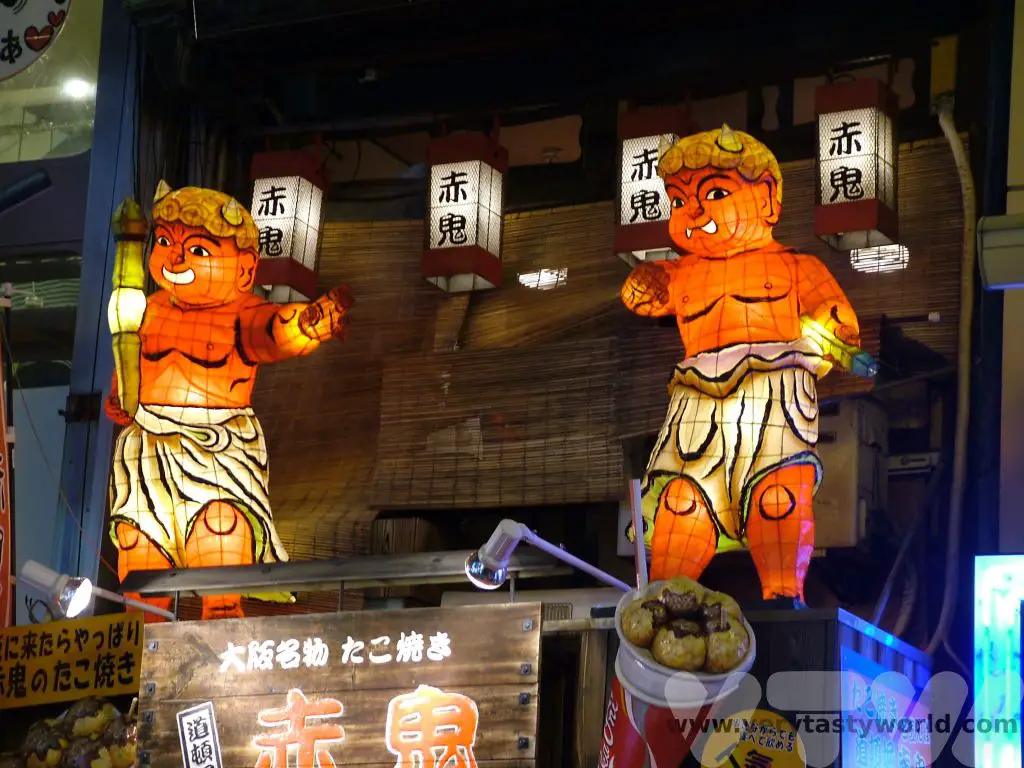
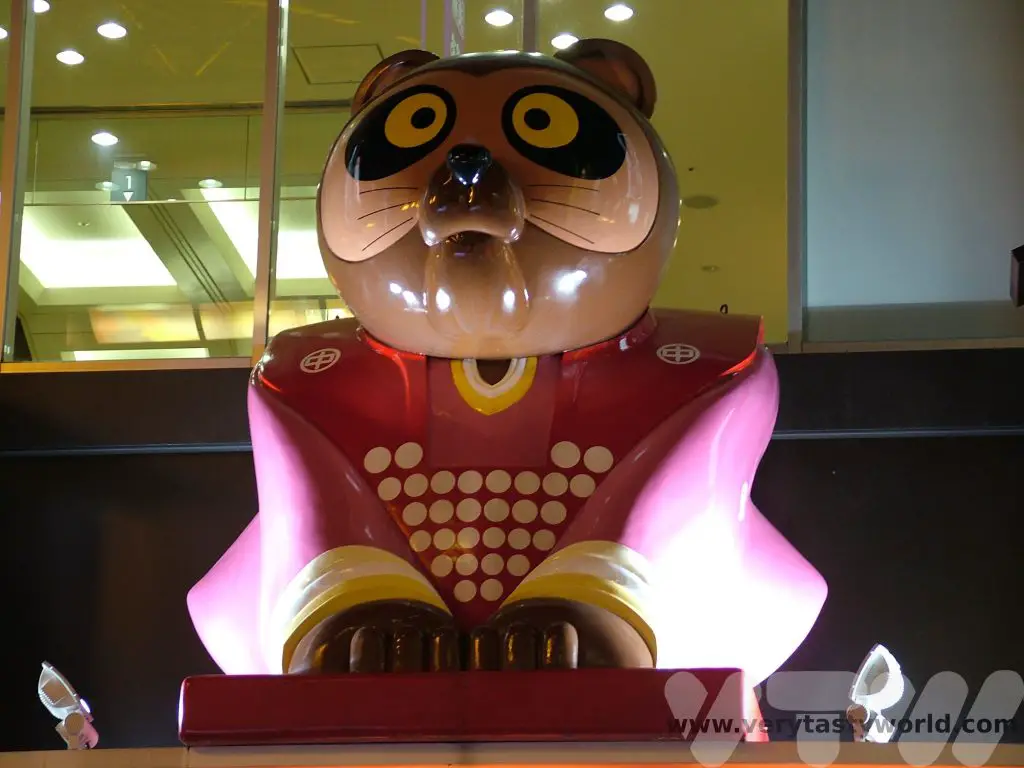
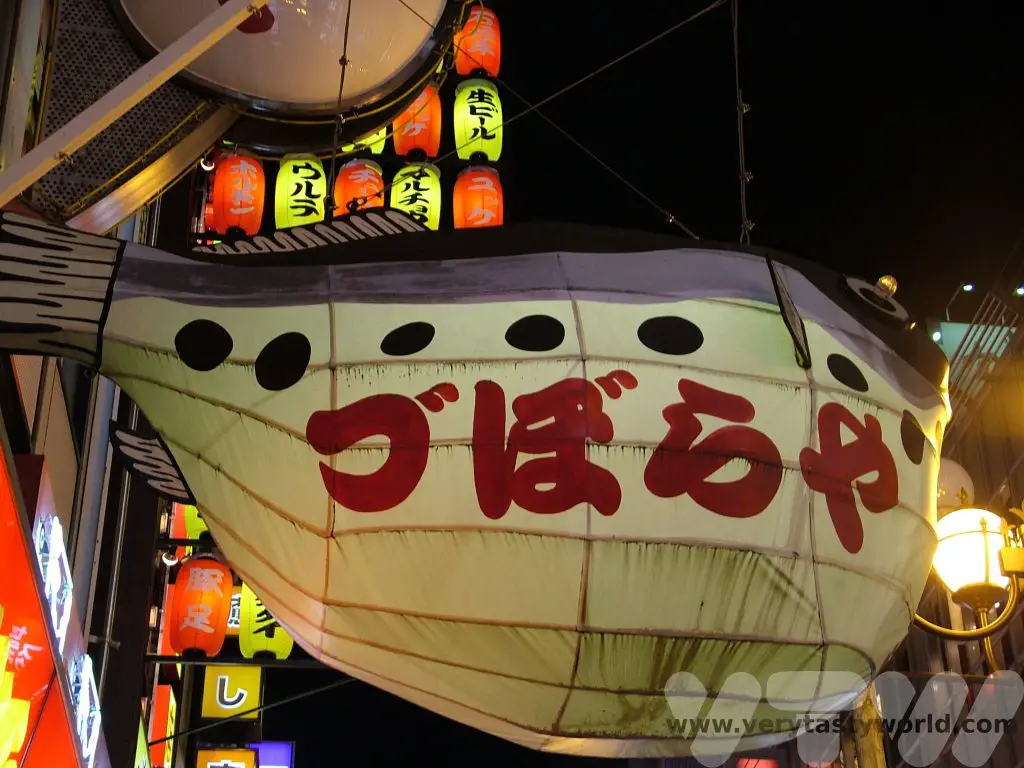
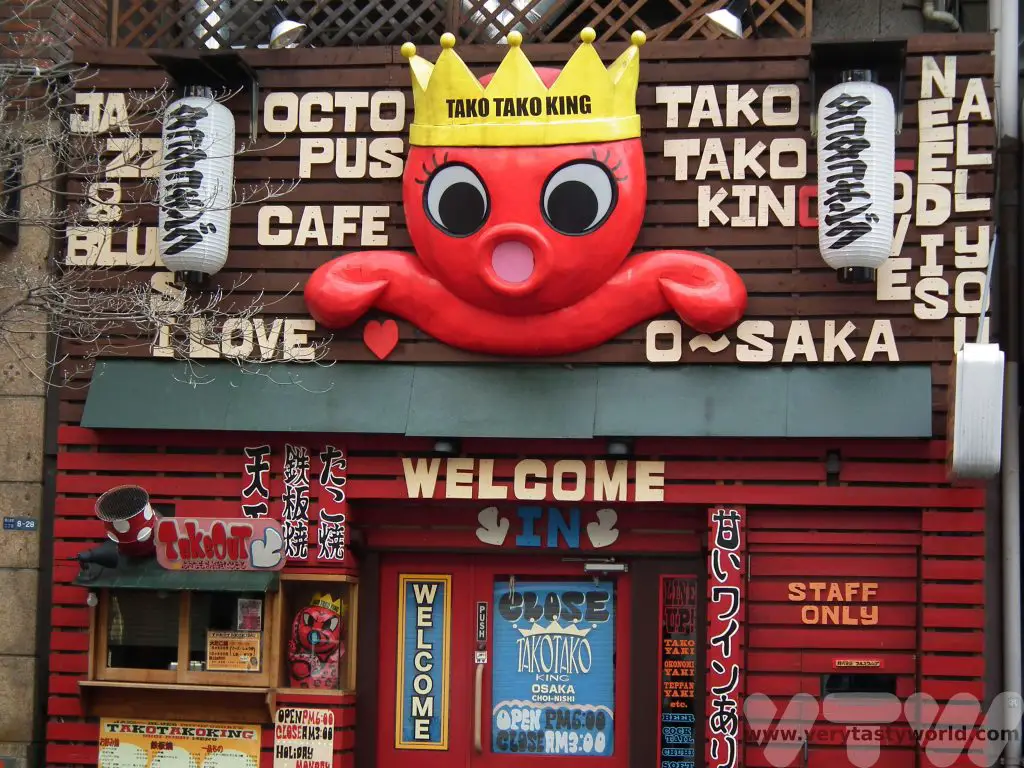
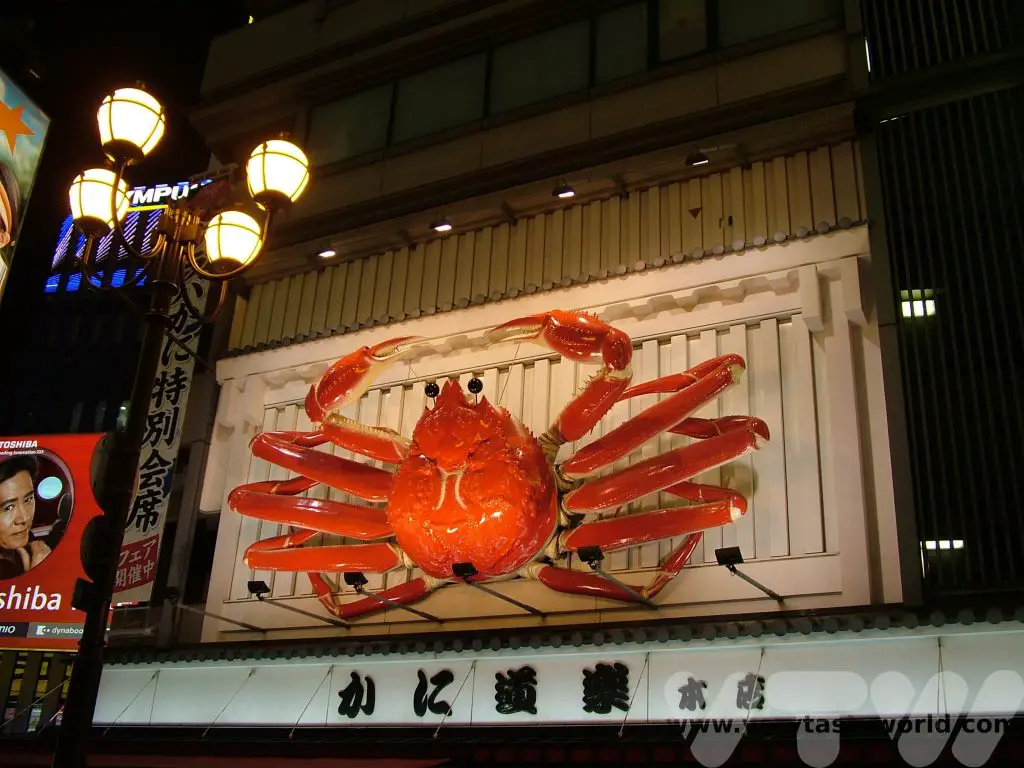
Okonomiyaki In Osaka
There are okonomiyaki restaurants all over Osaka (and indeed all over Japan). They offer a good, cheap eat, that is filling and fun. Part of this fun is that you will see your meal being cooked in front of you. In some restaurants they will even let you cook it yourself!
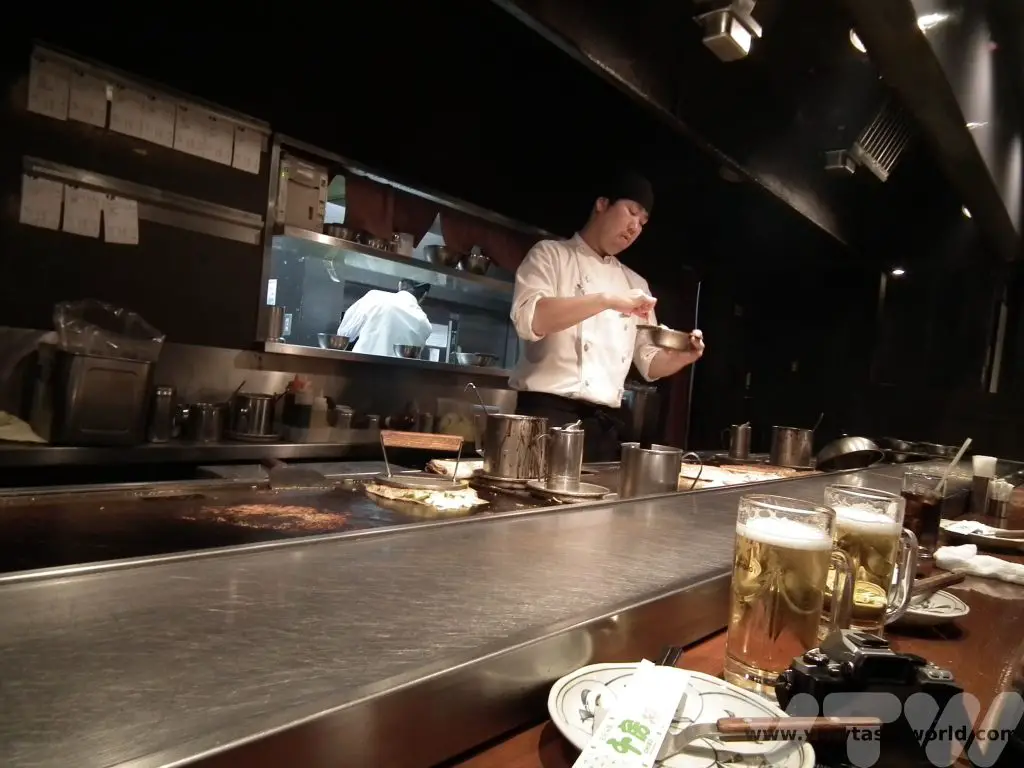
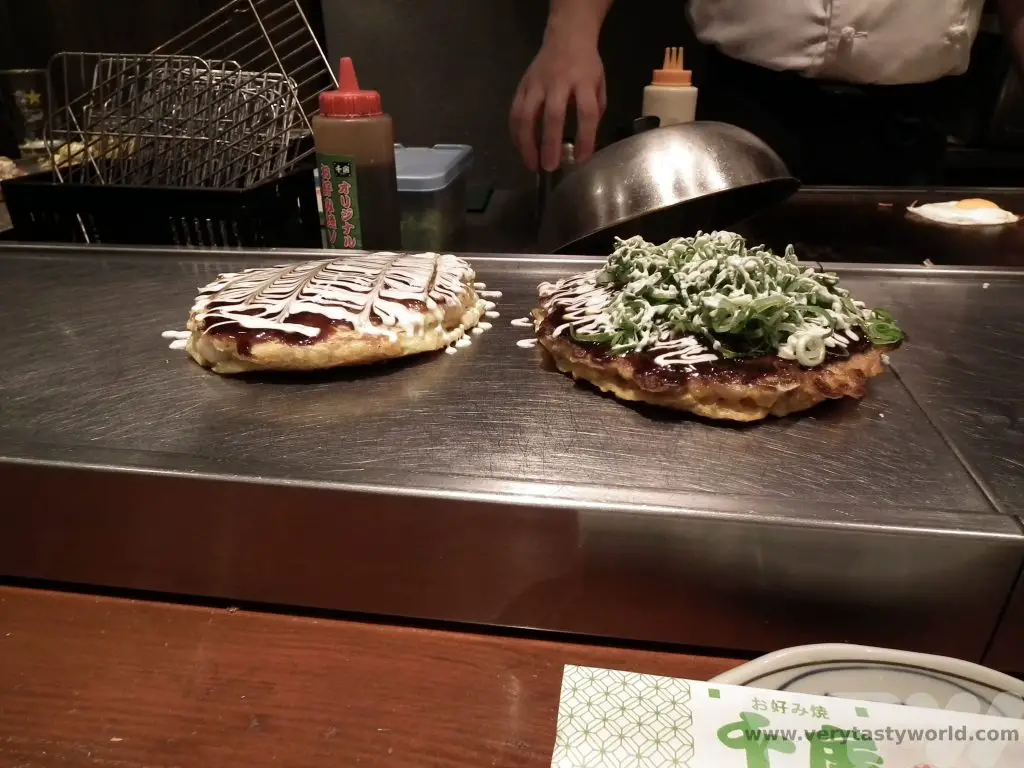
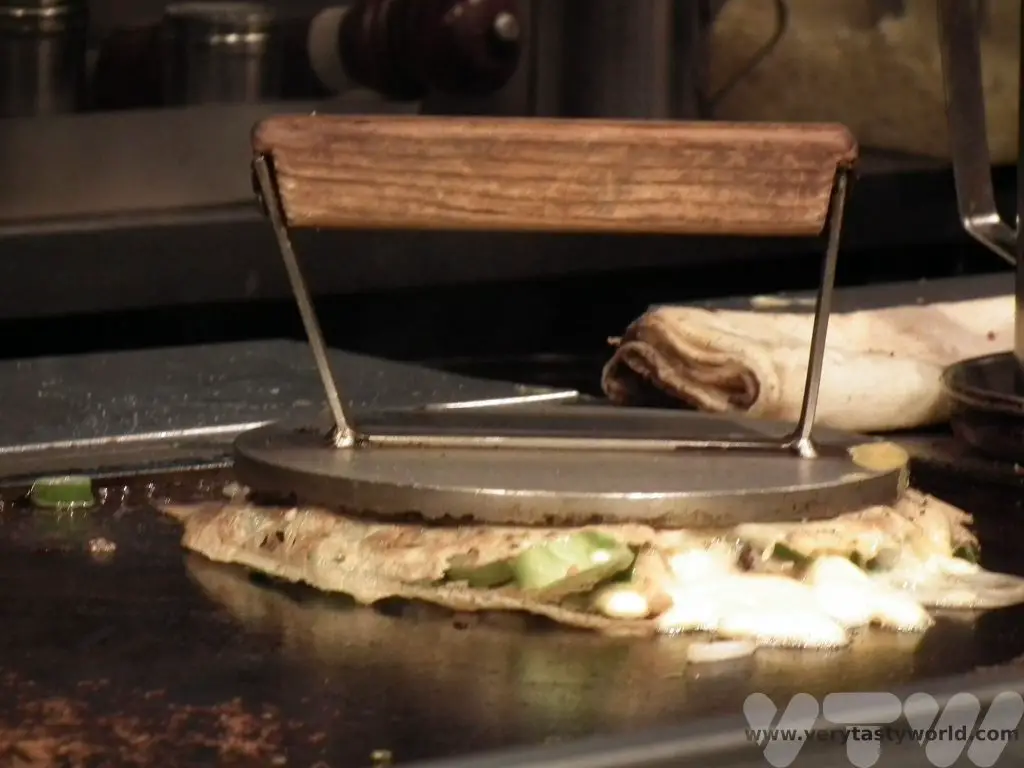
The term ‘okonomiyaki’ actually derives from ‘okonomi’ – favourites, ‘yaki’ – grilled. There are three basic elements to the dish:
The pancake base which comprises flour, eggs, dashi (stock), yam powder (optional) and cabbage. The fabulous Osaka all-female pop-punk band Shonen Knife, who have been touring since the early 1980s and are still going strong, love okonomiyaki and have a recipe for it in their Shonen Knife Land book. Naoko, the founding member of the band, recommends a cabbage cutting technique: ”Finely chop the cabbage. It should be in small square pieces maybe about 3mm long.It would take a lot of time and be a lot of trouble if you use a ruler to measure the pieces, so it’s OK to just guess.”
Fabulous Fillings
The filling can basically be anything you like – that’s where the ‘okonomi’ comes into its own. Favourite fillings can include sliced pork or beef, shrimp, squid, konnyaku (a gelatin textured food, also known as Devil’s Tongue) and vegetarians may enjoy pretty much any veg they can think of. Spicy fermented Korean kimchi is great if you decide that there isn’t enough cabbage in the dish already.
The topping is the piece de resistance which adds to both the deliciousness and the sheer joy of okonomiyaki. When asked what topping you would like, we recommend asking for EVERYTHING! Okonomiyaki sauce is a tangy brown sauce (a little like the UK’s HP Sauce), creamy Japanese mayo, chilli sauce for those who like it hot, sprinkles of dried seaweed called aonori, and katsuobushi which are dried & smoked Bonito flakes that wave delightfully in the heat of the pancake. The chefs will go out of their way to make it look stunning as well.
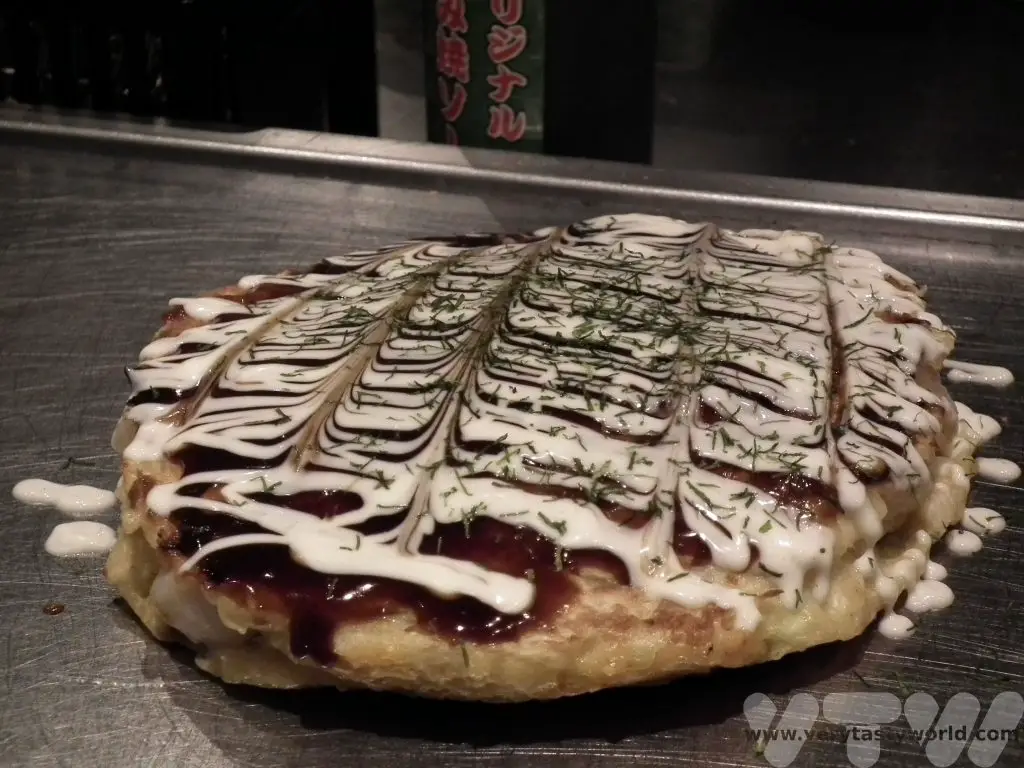
Oh, and there’s also the option of a fried egg!
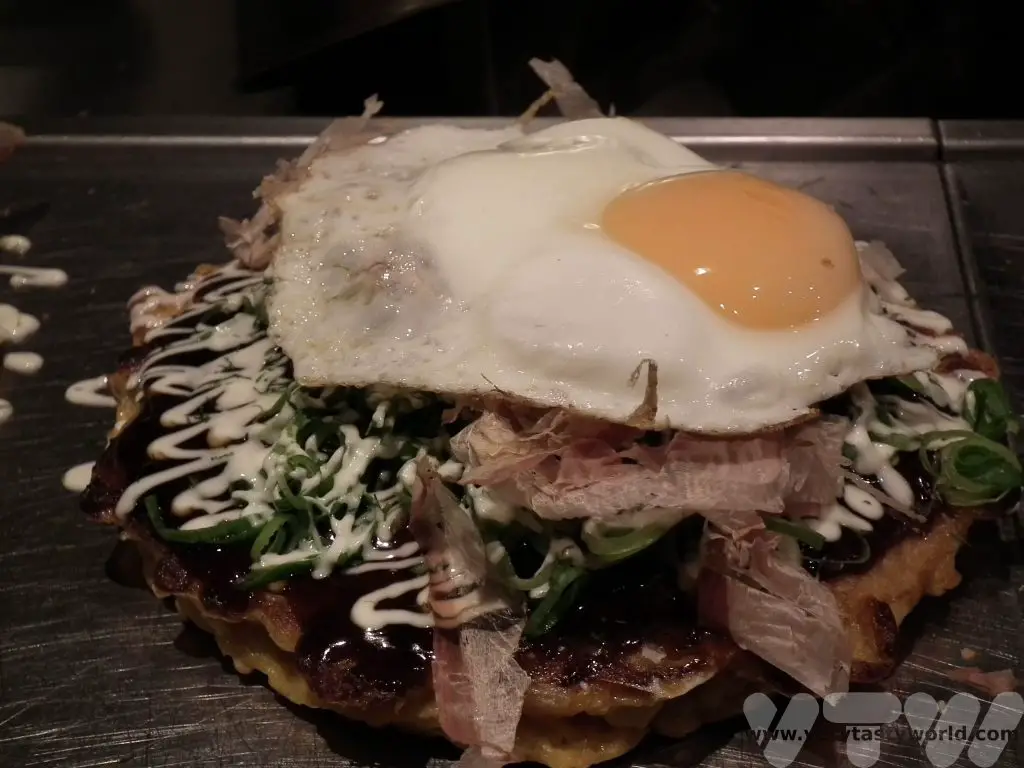
Osaka okonomiyaki is a dish that somehow manages to be both humble and decadent. It’s pretty easy to make at home to
Related Posts You May Enjoy

- Recipe: Simmered Shiitake Mushrooms
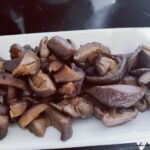
- How to Use Public Transport in Japan

- RECIPE Oyakodon Donburi

- Planning a Trip to Japan
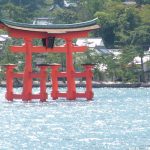
- The Makanai: Cooking for the Maiko House
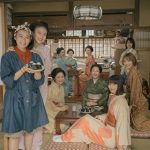
- Setsubun Food – Bean Throwing Day
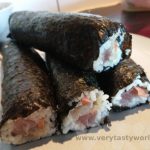
- The Gassho Farmhouses of Rural Japan
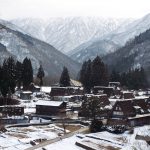
- Recipe: Japanese Simmered Pork Belly – Buta no Kakuni

- RECIPE: How to Make Umeboshi

Japanese Chawan Mushi – Savoury Egg Custard
A Treasure Hunt
Japanese chawan mushi is a savoury egg custard. Its name derives from the combination of two words: chawan (tea bowl) mushi (steam), that is a teacup-steamed-custard. It often arrives in a lidded cup, and treasures are to be found inside.
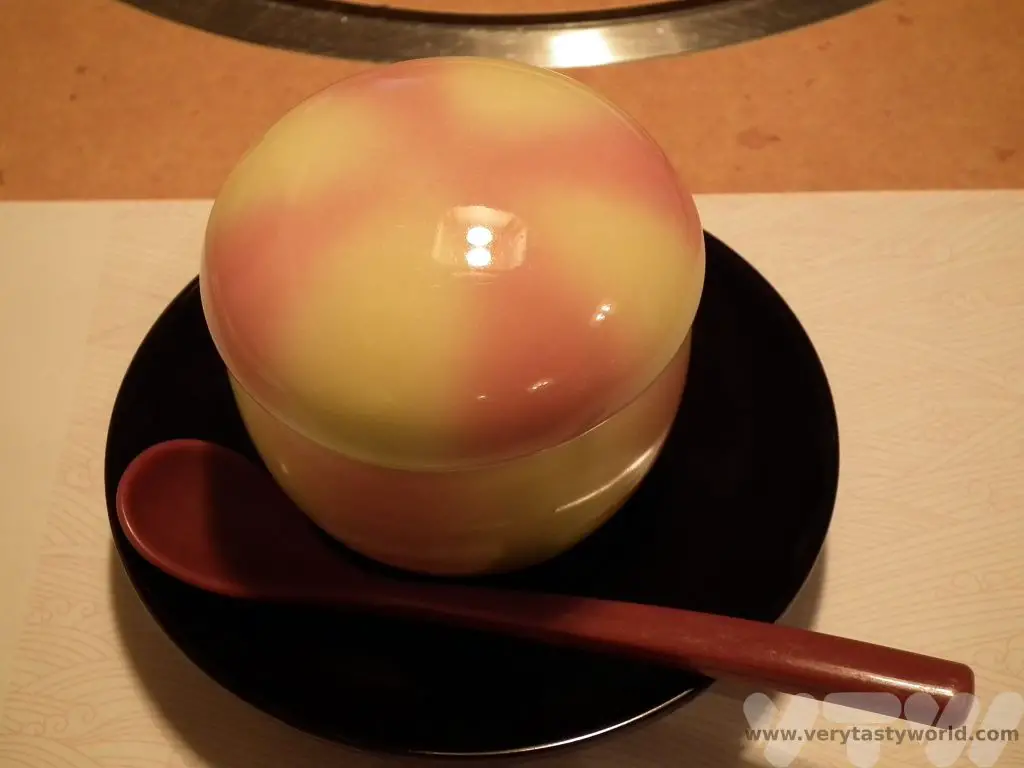
The egg mixture is flavoured with a dashi (stock) and/or mirin (sweet rice wine) and/or soy sauce which gives a flavour that is very subtle. But the most wonderful thing about chawan mushi is that no cup is ever the same.
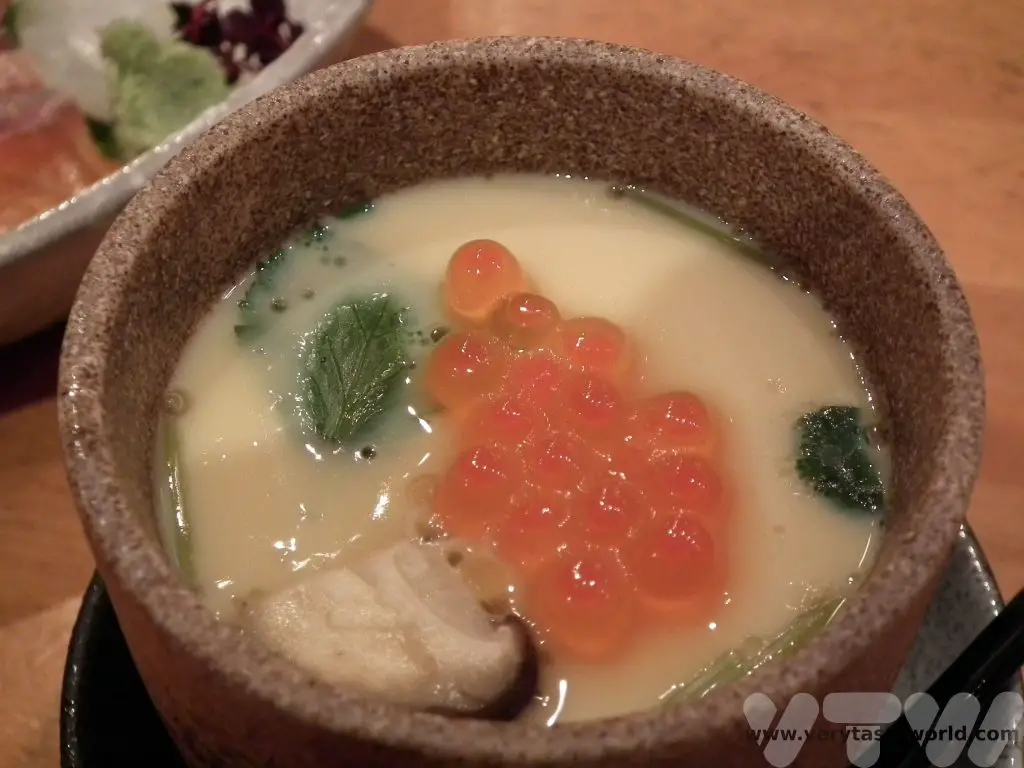
Hidden treasures are to be found inside the depths of the silky-smooth custard. Ginkgo nuts and yurine (lily root) are traditional but there may also be little shiitake mushrooms, prawns, kamaboko or surimi (little slices of fish cake), sometimes even little thin slices of chicken that add both texture and flavour. Presentation is always beautiful and garnishes can include herbs such as shiso (a Japanese herb, like Perilla), negi (spring onions, finely sliced) or ikura (salmon roe).
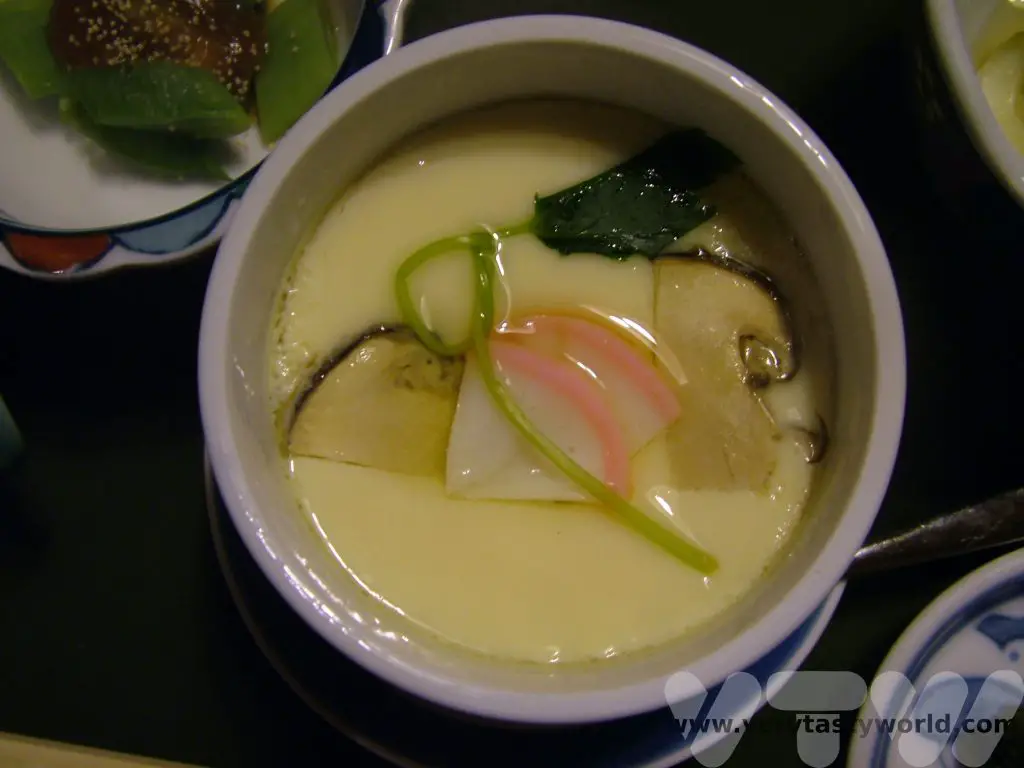
Some restaurants that specialise in a particular type of cuisine can adapt chawan mushi to their style. This crab chawan mushi savoury egg custard, from the famous crab restaurant on Dotonbori, Osaka was very simple in terms of its ingredients, the flavour was delicate and divine.
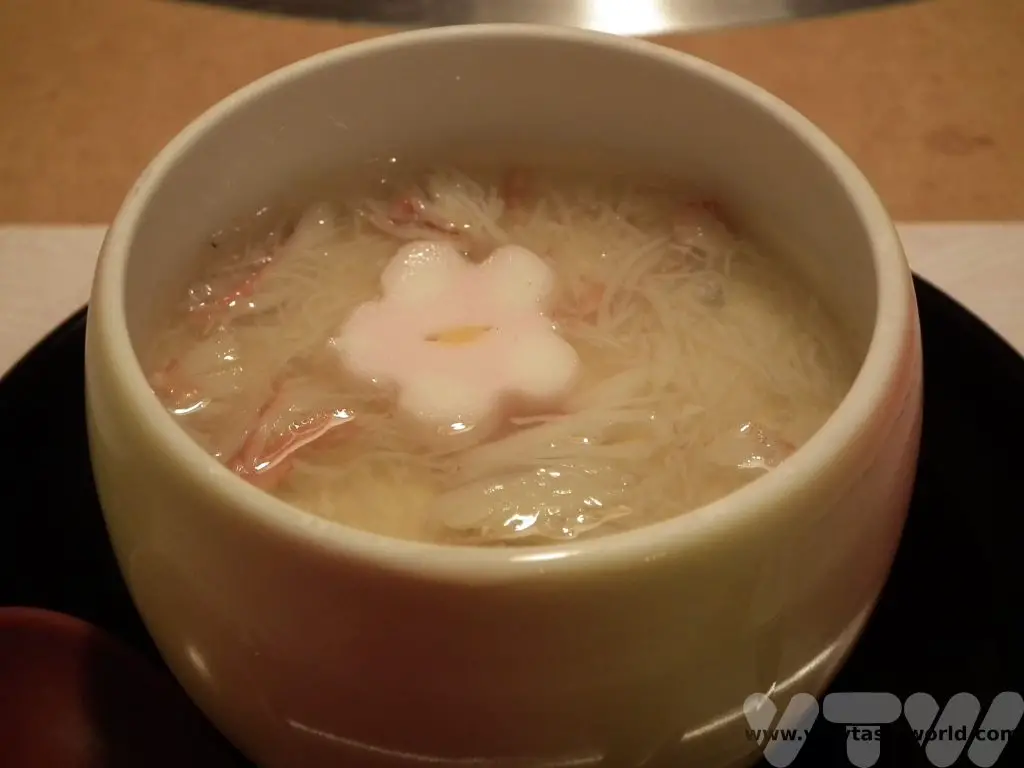
In some parts of Japan udon noodles can be added to the mix to make odamakimushi.
Japanese chawan mushi can often be ordered in restaurants to accompany a meal. It might form part of a wider set menu. Even sushi bars often offer chawan mushi. It’s also a dish that families cook at home.
Related Posts You May Enjoy

- Recipe: Simmered Shiitake Mushrooms

- How to Use Public Transport in Japan

- RECIPE Oyakodon Donburi

- Planning a Trip to Japan

- The Makanai: Cooking for the Maiko House

- Setsubun Food – Bean Throwing Day

- The Gassho Farmhouses of Rural Japan

- Recipe: Japanese Simmered Pork Belly – Buta no Kakuni

- RECIPE: How to Make Umeboshi


